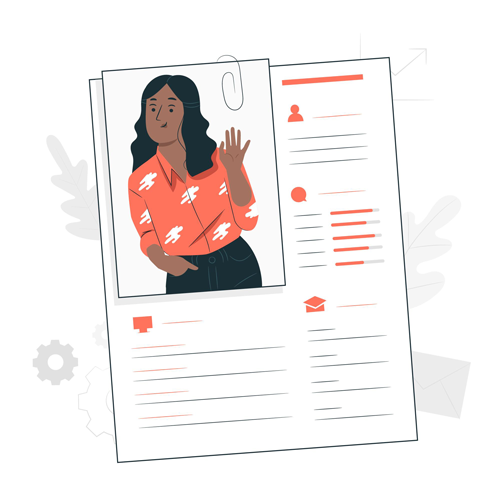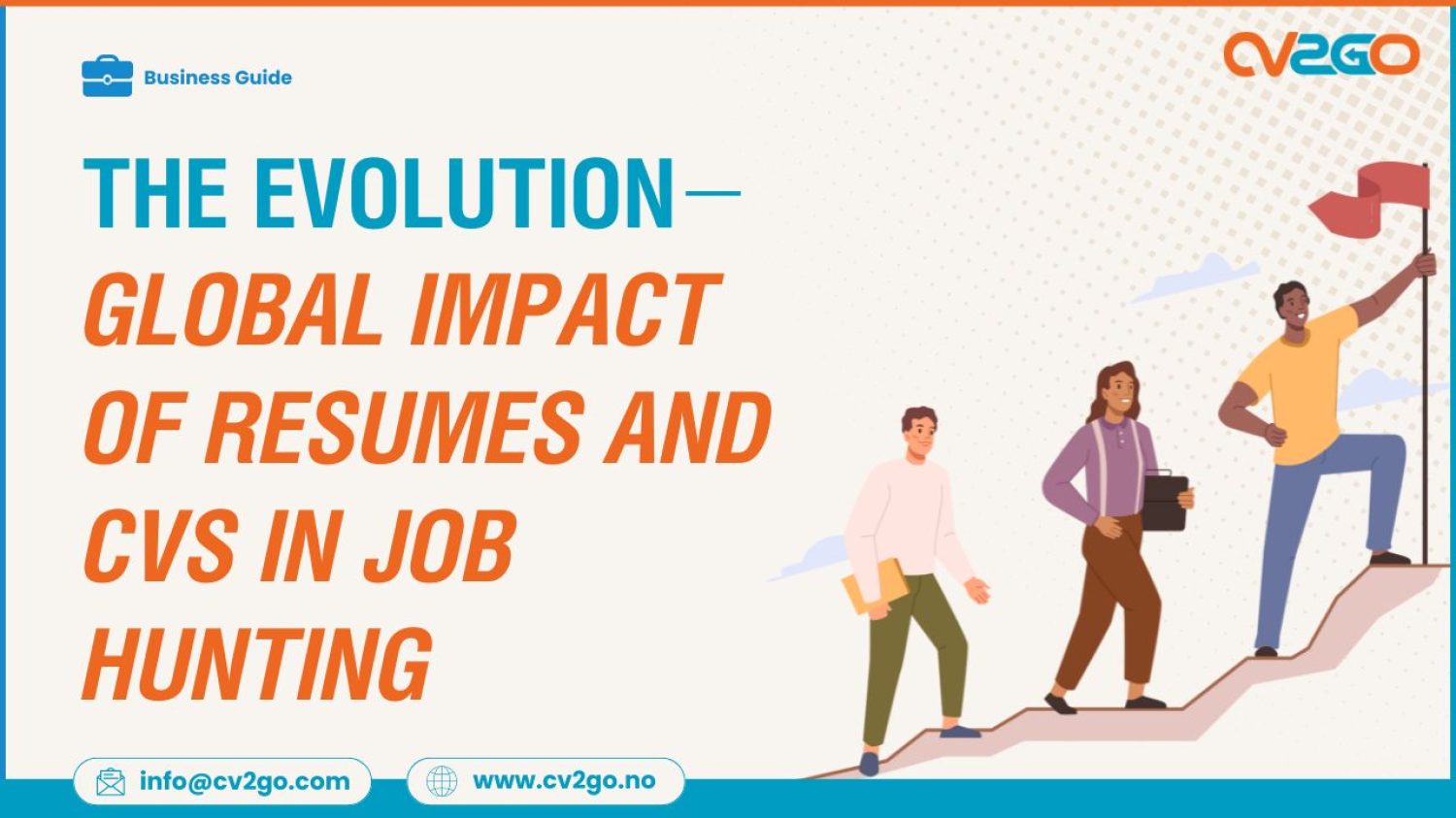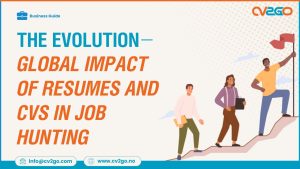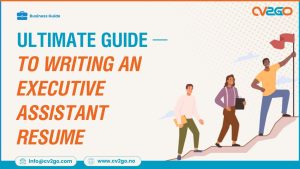The Dawn of the Resume
The concept of the resume (or Curriculum Vitae, commonly known as a CV) as a tool for job hunting dates back to the 15th century. The first recorded instance of a resume is credited to none other than the polymath genius Leonardo da Vinci. In 1482, da Vinci wrote a letter to Ludovico il Moro, the Duke of Milan, detailing his skills and talents in an effort to secure employment. This letter can be seen as the earliest known resume.
Despite this early appearance, the resume did not become a standard part of the job application process until the mid-20th century. By the 1950s, the rise of corporate culture and increased job competition led employers to adopt resumes as a quick and efficient way to assess a candidate’s qualifications.
Resumes vs. CVs: Understanding Regional Differences
Although the terms “resume” and “CV” are often used interchangeably, their meanings and applications vary based on location and industry.
In the United States and Canada
- A resume is typically a concise document (1-2 pages) focused on professional experience, skills, and achievements. It is primarily used for non-academic job applications.
- A CV (Curriculum Vitae), in contrast, is a detailed, multi-page document used for academic, research, medical, or scientific positions.
- Personal information like age, marital status, or a photo is avoided due to strict anti-discrimination laws.
In the UK, Europe, and Asia
- The term CV is used universally to refer to the document required for all types of job applications.
- These CVs tend to be more comprehensive and may include personal details such as age, nationality, and a professional headshot, depending on regional norms.
Understanding these distinctions is crucial for tailoring your application to meet regional expectations.
Cultural Variations in Job Applications
Middle East and Asia: The Importance of Networking
In regions like the Middle East and Asia, personal connections play a pivotal role in job hunting. Concepts such as:
- “Guanxi” in China
- “Wasta” in Arab countries
These terms emphasize the power of personal relationships and networks in securing employment. However, even in these cultures, a formal CV or resume is usually required alongside personal introductions.
Europe and the UK: Comprehensive CVs
In countries like the UK, Germany, and France, it is common to provide a comprehensive CV that includes detailed information about:
- Educational background
- Professional experiences
- Certifications
- Personal details (depending on cultural norms)
Tailoring your application to match local conventions can significantly enhance your chances of landing a job.
The Evolution of Resumes: Portfolios and Digital Profiles
The Rise of Portfolios in Creative Industries
In creative fields such as:
- Graphic design
- Content writing
- Filmmaking
Traditional resumes are often supplemented or replaced by portfolios showcasing work samples. These portfolios provide tangible evidence of an applicant’s skills and creativity.

Tech Roles and GitHub Profiles
For tech-related positions, resumes are increasingly accompanied by:
- GitHub profiles
- Coding samples
These digital footprints help employers evaluate a candidate’s practical skills and contributions to real-world projects.
The Importance of LinkedIn and Professional Networking Sites
Platforms like LinkedIn have transformed the job application process by offering digital profiles that serve as dynamic resumes. A well-maintained LinkedIn profile can:
- Showcase your professional experience
- Highlight endorsements and recommendations
- Facilitate networking opportunities
Why Digital Profiles Matter
Digital profiles provide additional layers of verification and allow employers to see beyond static resumes. Recruiters increasingly use LinkedIn to find and vet candidates before interviews.
FAQs About Resumes and CVs
1. How Should I Tailor My CV or Resume for Different Countries?
- In the U.S. and Canada: Keep it concise (1-2 pages) and focused on skills and achievements. Avoid personal information to comply with anti-discrimination laws.
- In Europe or Asia: Provide a more detailed CV and consider including personal details, such as age and a photo, if culturally appropriate. Research local customs to ensure you meet expectations.
2. I’m Applying for a Creative Role. Should I Still Provide a Traditional Resume?
Yes. Even for creative roles, a resume or CV is essential for summarizing your experience. However, you should also provide a portfolio to showcase your best work. Combining both gives employers a holistic view of your skills.
3. How Important Is LinkedIn in the Job Application Process?
LinkedIn is critical for modern job seekers. An up-to-date profile allows you to:
- Showcase your professional journey
- Connect with industry peers
- Be discovered by recruiters
Regularly updating your profile and engaging with content can increase your visibility and job opportunities.
Conclusion: Adapting to a Global Job Market
From Leonardo da Vinci’s letter to today’s LinkedIn profiles and digital portfolios, resumes and CVs have continuously evolved. Understanding these tools’ origins, regional differences, and modern trends is essential for job seekers in a globalized world.
Whether you’re applying in North America, Europe, or Asia, adapting your resume or CV to regional norms, including digital assets like portfolios and LinkedIn, can significantly enhance your employability. Stay flexible, informed, and ready to present your best self to the global job market.




